
All categories
Featured selections
Trade Assurance
Buyer Central
Help Center
Get the app
Become a supplier

(100 products available)
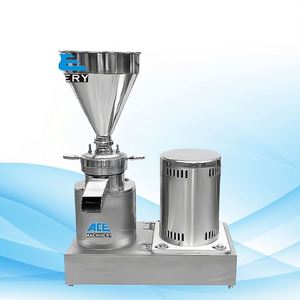

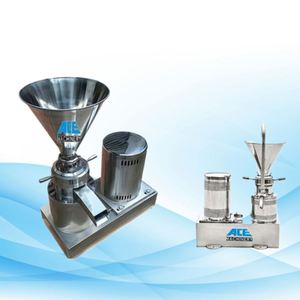

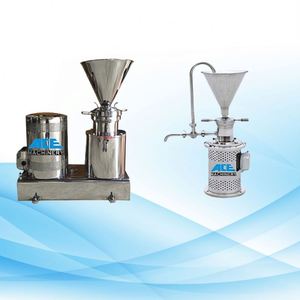



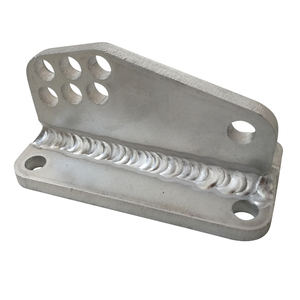




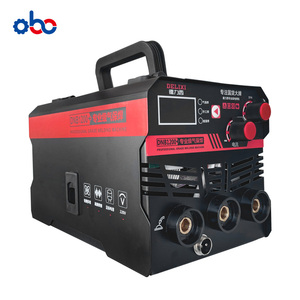

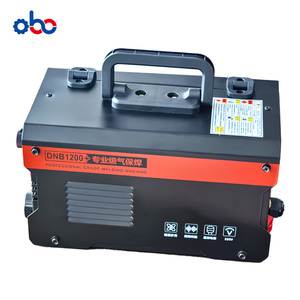
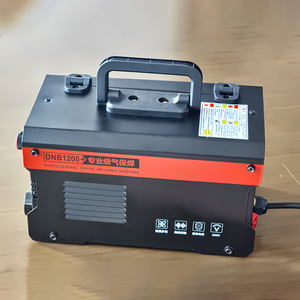

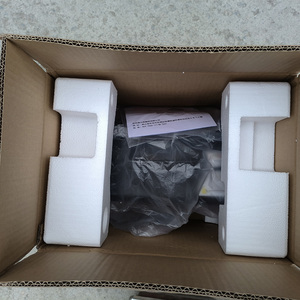


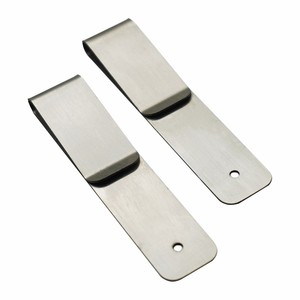


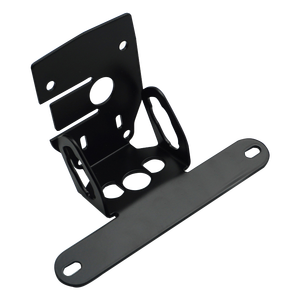
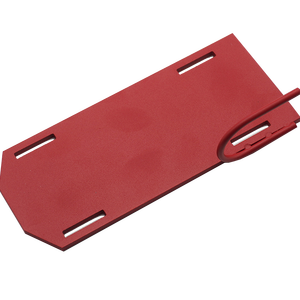















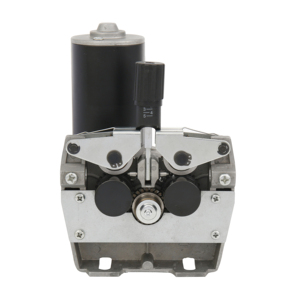
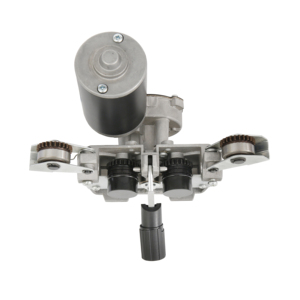

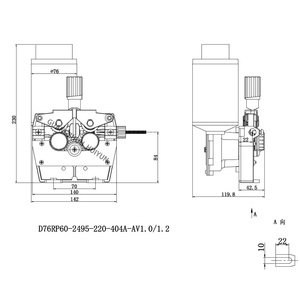




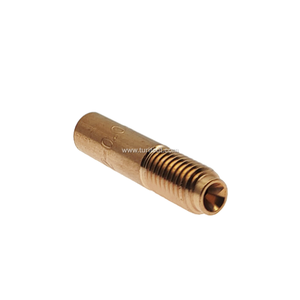


Based on the kind of work and materials, there are various kinds of Miller welding equipment. Though some may find this choice perplexing, it is crucial to consider the end-use. Below are the most common kinds.
Miller Electric offers both AC and DC power sources, though DC is the most common in commercial welding. DC power promotes deeper penetration while ensuring a stable arc. These features are particularly suitable for aluminum welding, which requires a welder to apply more heat to achieve a cleaner weld.
Similarly, AC current is very useful when welding materials that may easily oxidize, like aluminum. A welder who uses AC current is better placed to work on metals that have a thin oxide layer. This is because alternating current helps in breaking the oxide layer during the welding process.
Also called FCAW (Flux-Cored Arc Welding), flux welding uses a hollow wire that is filled with flux in its core. While the wire is fed to the welding area, the flux will then ooze out and create a shielding for the weld pool. Typically, FCW does not require any additional gas. This makes FCAW more versatile and applicable in fieldwork, where conditions may not be ideal.
However, some flux welding wires come well-equipped with a gas requirement, such as CO2 or argon. Note that the gas is used to enhance the arc stability and the overall quality of the weld.
Miller welding supplies for MIG (Metal Inert Gas) welding include a variety of items. A major aspect of this process is a solid wire electrode fed through a welding gun. As this wire feeds into the weld pool, the pool is protected by an inert gas from contamination by air.
Most MIG welding gas types for Miller welding supplies include argon, helium, and carbon dioxide. Note that the type of gas used will depend on the metal being welded. For instance, argon is mainly used for aluminum, car body metal, and thin steel. On the other hand, CO2 is economical and suitable for flux-cored arc welding processes.
MIG welding is hailed for its ease of use. Miller welding machines and supplies are invaluable for newbies.
Choosing welding supplies, Miller Electric, entail several considerations. Here are four important factors.
Metal thickness is an important aspect when selecting Miller welding equipment and supplies. The choice of equipment depends on the material's thickness, which influences Miller's welding technique and supplies.
For instance, MIG welding is preferred for thinner sheets as it provides precise control. Precision control is essential when handling materials below 1/4 inch thickness.
On the other hand, for thicker metals above 1/4 inch, stick welding or flux-cored welding is more appropriate. These methods are better placed to provide the necessary penetration and heat required for a strong weld.
The required welding current is another important measure for selecting welding supplies. With this in mind, Miller Electric usually provides welders that operate on either 115V or 230V currents.
Generally, 115V welders are ideal for small projects or home use. On the flip side, 230V welders are suitable for larger welding jobs that require more heat and power.
The type of metal being worked on is another measure that influences the choice of welding supplies. Miller welding supplies for aluminum require different supplies than steel.
For instance, MIG welding is preferred when working with stainless steel. In most cases, stainless steel is welded using a gas mixture of argon and CO2. This mixture is ideal because it helps prevent oxidation while ensuring a stable arc.
Welding technique is crucial when selecting Miller welding equipment and supplies. Miller welding machines and supplies are ideal for different welding techniques like MIG, TIG, and Stick welding. Miller welding offers great versatility in various welding techniques for various projects.
For instance, MIG welding is ideal for beginners because it is more straightforward. In addition, it has a faster welding rate that makes it suitable for large projects. On the other hand, Stick welding is a better choice for outdoor projects. This is because it is less sensitive to wind and other environmental factors.
Maintaining and doing some minor DIY for Miller welding supplies can be done with several tips. Below are some of them.
A welding machine will come with different liners suitable for different purposes. For instance, a plastic liner is suitable for welding aluminum. This is because it has low friction and will prevent the wire from snagging. On the other hand, a steel liner is suitable for heavier jobs to offer more durability.
Also, there is a brass liner, ideal for all-purpose use thanks to its versatility. A machine with a damaged liner will be hard to control, and the welding will be impossible.
Thus, it is advisable to replace the liner every few months, depending on the usage. But in cases where welding produces extra heat, the liner should be replaced more often.
Unfortunately, regardless of how perfect a welder is, there will always be some spatter after some time. In this case, cleaning the spatter will be crucial for proper maintenance. The most basic way of cleaning spatter is using a putty knife. This is because it will not damage the tip.
In addition, there are also some more effective cleaning methods. Such methods include using a hammer to briefly tap the tip against a hard surface. Another effective method is using a wire brush to scrub any leftover residue gently.
Additionally, there is also a tool called a tip cleaner. This tool has small blades that are useful for cleaning tip holes that might have been clogged.
Miller welding nozzles come in varieties. These varieties include gas, MIG, TIG, and plasma cutting nozzles. Note that every Miller welding machine has a compatible nozzle. Therefore, selecting a new one when doing a DIY is essential for the correct operation of the machine. In addition, it is important to maintain the nozzle for effective working condition.
This is because a dirty or damaged nozzle will result in poor weld quality or even make it impossible to weld. The nitric acid used for cleaning Miller welding machine nozzles is a great way to maintain it.
Selecting Miller welding supplies wholesale requires several considerations. Below are some of these considerations.
Which reviews and ratings a Miller welding supplies wholesale has can say a lot about the quality of its products. For instance, a wholesale stocked with positive reviews and high ratings means that it deals with quality products.
On the contrary, a wholesale with negative reviews and low ratings is a warning sign as it likely does not sell quality products. Thus, it is best to check the reviews and ratings of the wholesale before making a purchase.
The return policy and warranty are also important when selecting Miller welding supplies wholesale. Luckily, most quality welding supply brands like Miller offer warranties for their materials and machines. This is because they trust that their products are of good quality.
On the other hand, a wholesale that does not have a reasonable return policy or warranty justifies the fact that it is dealing with low-quality products. Therefore, ensuring that the wholesale has a reasonable return policy and a warranty will go a long way to safeguard the investment.
Usually, expedited shipping is not offered by all wholesalers. But in cases where the wholesale offers it, it is charged. Therefore, it is necessary to consider the cost of shipping when choosing the Miller welding supplies wholesale. In cases where the wholesale does not offer expedited shipping, delayed shipping is another cost that can be considered.
Discounts are the major reason why purchasing anything in bulk is ideal. It goes a long way to cut down overall costs. In this case, checking whether the Miller welding supplies Wholesale discounts wholesale offers can go a long way to help one save some cash.
A. Some common welding supplies Miller offers include:
Electrodes
Miller Electric offers various electrodes, such as steel, stainless steel, aluminium, and cast iron. Each of these electrodes is designed specifically for a type of metal. It ensures a strong, compatible bond.
Welding wire
Just like electrodes, the welding wire also comes in different types, such as solid, flux-cored, and tensile strength wire. Miller tensile-strength wires are ideal for MIG welding, while flux-cored wires have extra insulation for outdoor welding.
Welding rods
Miller welding rods are available in various diameters to accommodate distinct welding currents. The welding rods also include different materials like steel and copper bronze, which are ideal for particular welding tasks.
Filler metal
Filler metals from Miller are specifically designed for tungsten inert gas welding. They include pure tungsten, thoriated tungsten, and zirconium tungsten. These materials are packed in various diameters to meet distinct welding needs.
A. The most important accessory needed when performing MIG welding is a MIG welding gas cylinder. The gas cylinder contains shielding gas that protects the weld area from atmospheric interference. This results in cleaner welds with less oxidation.
A. The type of welding that requires the most delicate work is TIG welding. Therefore, in this welding type, the tungsten electrode must be accurately pointed at the weld area. Otherwise, it will not achieve the desired results.
A. The main difference between welding wire and welding rod is the welding process. A welding wire is ideal for gas metal arc welding or MIG. On the other hand, a welding rod is suitable for gas tungsten arc welding or TIG.